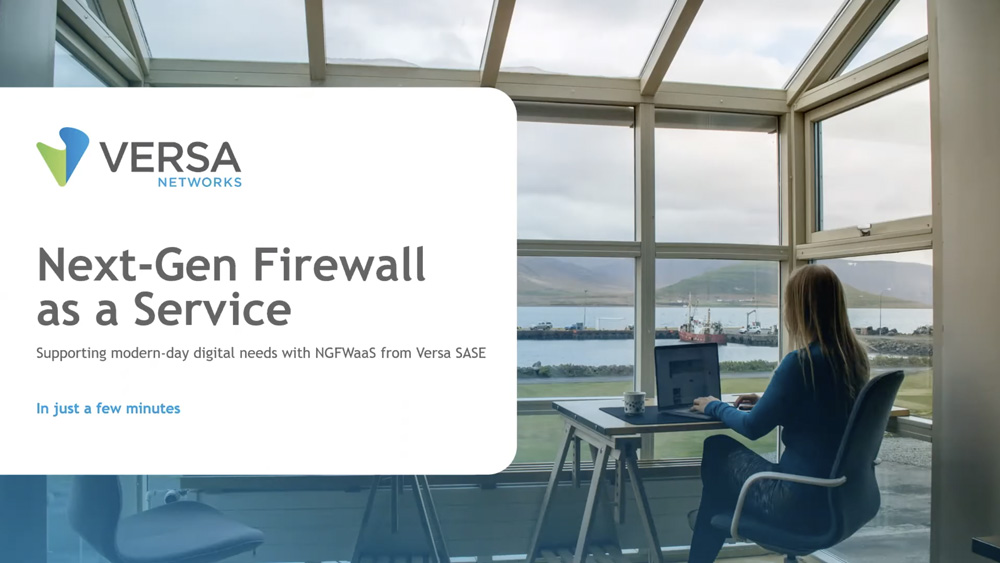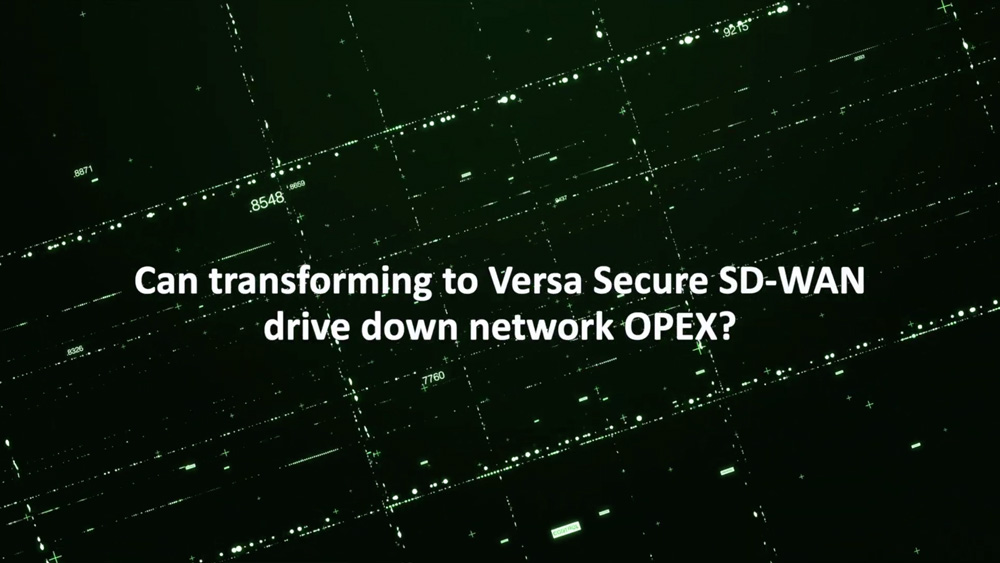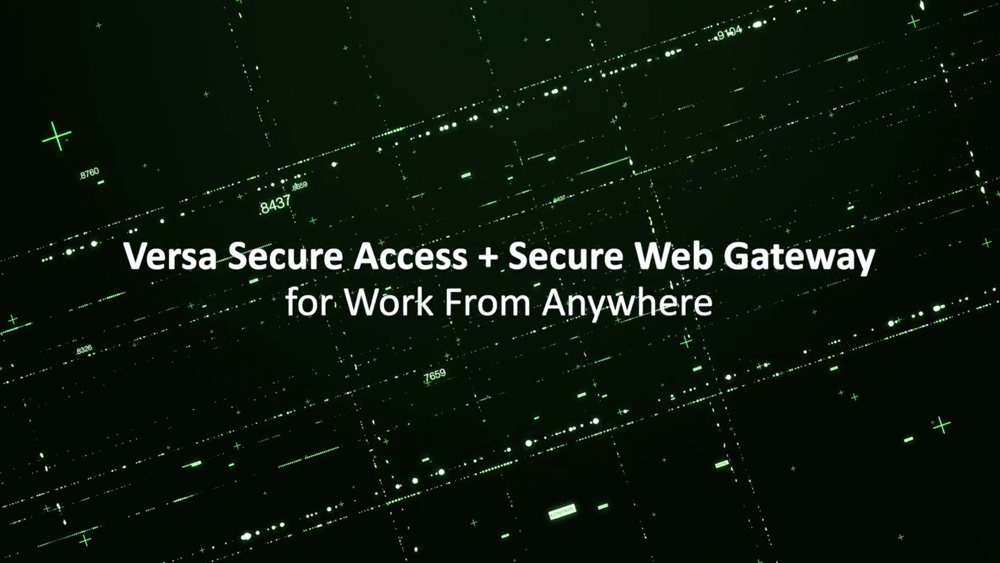What is SASE (Secure Access Service Edge)?
The boundaries of traditional network security are constantly being challenged by evolving threats and the increasing adoption of cloud services. That’s why modern businesses need advanced security tools that can scale with them.
Blending comprehensive security measures with advanced networking capabilities, SASE redefines traditional approaches to enterprise network management. This technology not only fortifies networks against external threats but also integrates seamlessly with existing infrastructures to ensure a secure, agile, and efficient network environment.
We’ll dive into the SASE definition, explore its functionalities, and more. But first: what does SASE stand for?
SASE (Secure Access Service Edge), pronounced “sassy”, is a cloud-native technology that Gartner defined in 2019. SASE establishes network security as an integral, embedded function of the network fabric.
SASE supplants legacy services offered by single-purpose point-solutions located in location-locked corporate premises such as data centers.
Learn about the business use case and technical background of Secure Access Service Edge (SASE).

The Powerful Benefits of SASE
SASE is changing how organizations operate, combining robust security with high-performance networking. But what does SASE mean for your business? Here’s how SASE can revolutionize your approach to network security, performance, and scalability.
Enhanced Security
SASE represents a pivotal shift in network security by blending networking and security services into a unified, cloud-native platform. This consolidation simplifies management, offering advanced threat prevention across all endpoints. SASE security offers robust protection mechanisms designed to protect against modern threats and provide a secure network environment.
Better Visibility Across Hybrid Environments
SASE provides improved visibility within hybrid enterprise network environments, encompassing a wide range of locations and cloud services. This comprehensive visibility allows businesses to oversee their network activities effectively and ensure efficient management of diverse network landscapes.
Improved Network Performance
SASE boosts network performance by optimizing data routing and reducing latency, enhancing overall network efficiency. By routing traffic through the closest secure point of presence (PoP) and employing intelligent path selection, SASE ensures that network performance isn’t just maintained but improved. This leads to a better user experience thanks to consistent, reliable connectivity and faster access to cloud-based applications and services.
Scalability and Flexibility
As organizational needs evolve – whether through expansion, adoption of new technologies, or shifts in remote work policies – SASE adapts seamlessly. This level of scalability ensures that businesses can efficiently adjust their network and security infrastructure without the need for extensive reconfiguration or additional hardware investments. Enterprises can align their growth strategy with SASE, meaning businesses can stay agile and ready for anything.
Cost Efficiency
By consolidating multiple network and security functions into a cloud-based service, SASE reduces the need for expensive hardware solutions. Streamlined operations also minimize the need for extensive IT staff intervention, cutting down on operational expenses and resulting in a substantial reduction in the total cost of ownership.
Simplified Management and Compliance
SASE simplifies network and security management by unifying them into a single framework, reducing the complexity traditionally associated with managing multiple security solutions. SASE’s consistent enforcement across all locations and users also helps simplify compliance with various regulatory standards. By centralizing control, businesses can ensure adherence to compliance mandates more effectively and reduce risks of data breaches and non-compliance penalties.
Lower Administrative Time and Effort
The unified management model of SASE significantly reduces the administrative time and effort required to manage network and security functions. It simplifies the training process for IT staff, as they no longer need to learn and manage multiple disparate systems. This efficiency not only reduces operational costs but also allows IT teams to focus on strategic initiatives rather than day-to-day management tasks.
What is SASE Used For?
The SASE framework can help organizations simplify their IT infrastructure, advance their threat prevention, better protect their data, implement flexible solutions, easily connect users and devices wherever they are located, and reduce total costs.
SASE also provides a Zero Trust approach to the cloud, which validates users and device access to applications anywhere in the world. SASE provides complete application session protection, whether a user is inside or outside the corporate network.
The Rise of SASE
Gartner expects that by 2023, 20% of enterprises will have adopted SWG, CASB, ZTNA and branch FWaaS from the same vendor, up from less than 5% in 2019. And by 2024, at least 40% of enterprises will have explicit strategies to adopt SASE, up from less than 1% at year-end 2018. Additionally, worldwide COVID-19 social distancing directives resulted in momentous changes in the work-from-home, video communications, and distance-learning landscapes. As a result, internet, service provider, and enterprise traffic patterns have been permanently altered. Adopting a SASE model that provides the agility and security to address these changes is key for business continuity in the era of increasing cloud and mobile adoption.

How Trends in Digital Transformation Led to SASE
The rigid network infrastructures of the past are not sufficient in today’s IT landscape where data is stored in the cloud and on various devices. Numerous trends emerged when organizations first began their digital transformation. As a result, the culmination of these trends led to the creation of Secure Access Service Edge (SASE) technology. Digital transformation trends that led to SASE include:
- The core of your business is now the new “network,” meaning a web of interconnected peer networks
- Applications can be hosted on your network or in the cloud, and are accessible everywhere
- Internet connectivity have become cheap, ubiquitous, and instantly available on cellular networks
- MPLS is no longer affordable or practical, and are often not secure
- Business applications and data are hosted in the cloud because of the promise of flexibility, scalability, and elasticity.
- The death-march of custom hardware has been superseded by usage-based subscription services in cloud-native virtual resources
- An explosion of smart devices (IoT) are connected to your core network but often lack even rudimentary security features
- Bring-Your-Own-Device (BYOD) policies are now commonplace and lack the control and visibility of traditional corporate issued devices

SASE Delivers Key Capabilities
SASE delivers attributes to address digital transformation:
- You have complete flexibility in where and when security services are applied when security is integral to the network fabric. Meshed traffic patterns are handled with efficiency.
- Security is policy-driven, independent of location, and largely independent of device. This enables security services based on the user’s identity instead of an IT-controlled device, network access point (Internet, cloud, corporate, VPN) or location.
- SASE applies security based on the communication session and can therefore take into consideration the identity of both the user and the device as well as the data context of the transaction.
- SASE is a purely software-defined service and does not rely on any hardware appliance or location.
- SASE can be applied at the ever-shifting, logical edge of the network (a communication session), rather than at the physical “edge” (an IT-controlled device or corporate office).
- Many IoT devices have little to no local security capabilities. SASE, with security in the network fabric, can safely connect these devices.

Versa SASE: Next Generation Firewall as as Service
(1:56 min)
As organizations prepare to return to the office, NGFWaaS by Versa SASE can help IT and security teams do more with less.

Versa SASE Reduces Network OPEX
(8:14 min)
This video demonstrates how enterprises can reduce their operational expenses with industry-leading Versa Secure SD-WAN by Versa SASE.

ZTNA and SWG from Versa SASE
(6:49 min)
Watch how ZTNA and SWG from Versa SASE help Enterprise IT and Security Administrators secure users and devices.
SASE FAQs
What are SASE components?
SASE is an entire package of technologies that embeds security into the global fabric of the network. Major components of SASE are Software-defined WAN (SD-WAN), Cloud Access Security Broker (CASB), NGFW and Firewall-as-a-Service (FWaaS), Zero Trust Network Access (ZTNA), and Secure Web Gateways (SWG).
What is SASE architecture?
The core of SASE architecture consists of the users, devices, applications, and resources, and the identity, risks, roles, profiles, privileges and policies that govern access between them. SASE architecture is the convergence and inversion of both network and security architectures.
How do you adopt SASE?
SASE encompasses a combination of networking and security technologies. Some experts expect enterprises to adopt a hybrid approach to SASE: using existing security and networking systems, while gradually implementing SASE networking technology to scale large numbers of unmanaged devices, WFA users, and cloud-hosted resources.
What are the challenges with SASE?
As with the adoption of any new network approach, service edge technologies can come with bumps on the road. Some points to consider when evaluating SASE challenges are the scalability of the SASE architecture proposed, distribution of cloud gateways, SASE vendor skillset, and integration and interoperability of the SASE solution. Choosing the right SASE strategy can ease the path of a successful implementation.
Why is SASE necessary?
The SASE solution is necessary for today’s modern client-to-cloud era, enabling effective cloud adoption and digital transformation, consistent cloud performance for WFA and mobile users, ubiquitous policy enforcement across your network, securing unmanaged devices, sophisticated and up to date threat intelligence, and simplifying IT management.
Who should use SASE?
Organizations large and small benefit from SASE because it is cloud-native, simple, and secure. SASE enabled organizations can enable secure and reliable Work-from-Anywhere (WFA) environments and secure access while maintaining their rate of cloud adoption.
What are the benefits of SASE?
SASE provides many benefits by consolidating networking and security functions traditionally delivered as point products. SASE benefits include reducing costs and complexity, achieving a least-privileged model, ensuring consistent policy enforcement, reducing the overall attack surface, and delivering a seamless user experience.
What problems does SASE solve?
SASE can help your organization in many ways from solving problems with traditional WAN architectures, presenting new digital transformation opportunities for your business, to increasing IT staff effectiveness. Other benefits include: reducing costs and IT complexity, securing remote and mobile users, ensuring consistent policy throughout your network, and optimizing network performance and user experience.
Free eBook
SASE For Dummies
Learn the business and technical background of SASE including best practices, real-life customer deployments, and the benefits that come with a SASE enabled organization.
Learn More
Find more research, analysis, and information on SASE (Secure Access Service Edge), networking, security, SD-WAN, and cloud from industry thought leaders, analysts, and experts.
Secure Access Service Edge (SASE)
Secure Access Service Edge, or SASE, is an emerging cybersecurity concept. In this video, you understand how the key capabilities of SASE address the demands of growing network sprawl and the challenges of digitally transforming your business.
Versa Networks SD-WAN and Security Demo
A comprehensive demonstration providing you with the basics of Versa terminology, device onboarding, application service templates, security, and troubleshooting.
